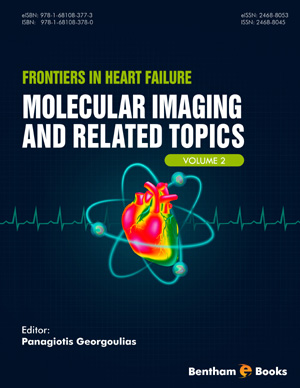Abstract
Nuclear myocardial perfusion imaging (MPI) by single-photon emission computed tomography (SPECT) is a non-invasive method of evaluating left ventricular (LV) perfusion and viability that is widely used in clinical practice. Electrocardiographically (ECG)-gated SPECT (G-SPECT) is a state-of-the-art technique combining the evaluation of myocardial perfusion and LV function within a single study. It is among the most commonly performed cardiologic diagnostic procedures in nuclear medicine departments. Advances in γ-camera instrumentation and the software used for data acquisition, image processing and quantification have rendered this technique user-friendly, practical and highly reproducible in everyday practice. In patients with coronary artery disease, the introduction of ECG-gating enhances the diagnostic and prognostic capability of MPI, provides incremental functional information over the perfusion data alone and also bears potential for assessing myocardial viability and following-up LV function after revascularization. This chapter discusses the general principles of G-SPECT image acquisition, analysis and quantification, followed by a discussion on the additive diagnostic and prognostic value that is associated with the functional parameters obtained by G-SPECT.
Keywords: Cardiomyopathy, Coronary artery disease, Electrocardiographic gating, Gated-SPECT, Image quantification, Left ventricular function, Myocardial infarction, Myocardial perfusion imaging, Radiotracers, Single-photon emission computed tomography.






















